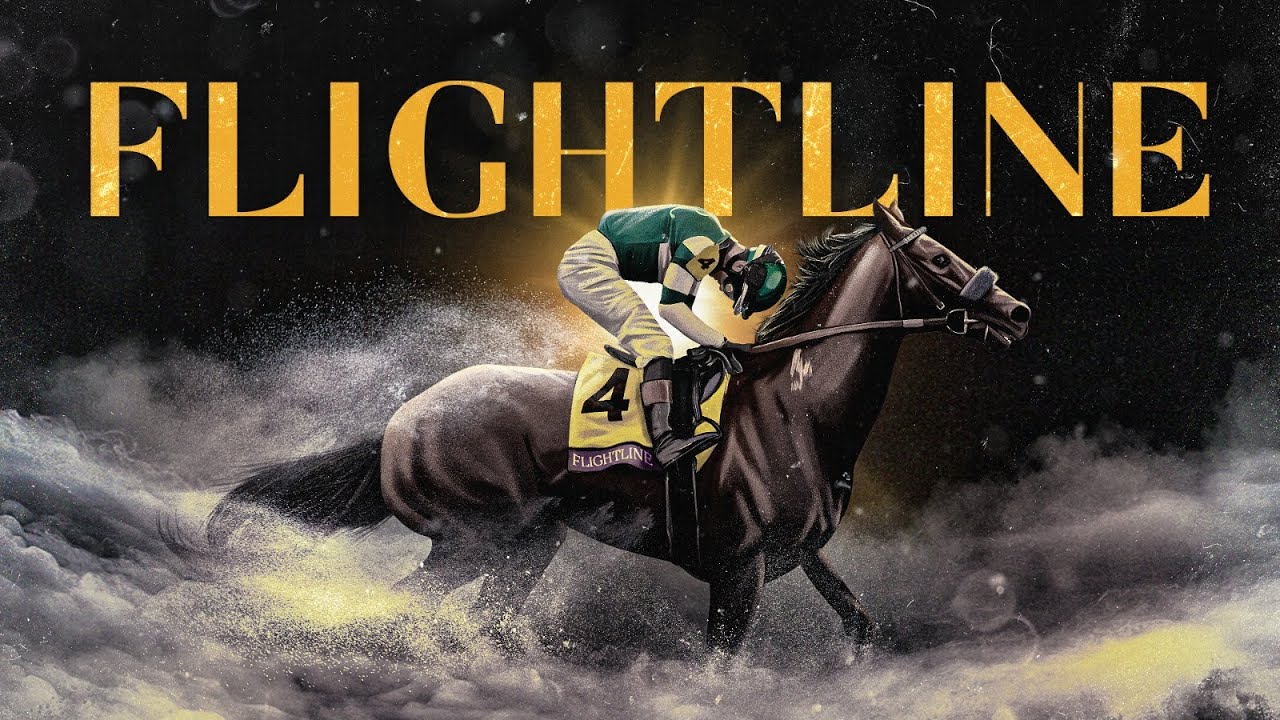
A Grim Yet Captivating True-Crime Tale: Anna Kendrick’s ‘Woman of the Hour’
Exploring the Chilling Landscape of a Killer’s Charm
In Anna Kendrick’s directorial debut, Woman of the Hour, viewers are plunged into a dark yet poignant narrative revolving around a chilling slice of reality—a serial killer on a game show. Set against the backdrop of the 1970s, this gripping thriller spotlights the hidden dangers lurking beneath a polished, comedic television facade. Drawing from a true story, Kendrick weaves a plot centered around the notorious Rodney Alcala, who infamously appeared on The Dating Game while harboring horrific secrets.
Anna Kendrick makes her directorial debut in ‘Woman of the Hour’
The film opens with a gripping scene set in the rugged beauty of Wyoming, where Alcala, played chillingly by Daniel Zovatto, indulges in a deceptive game of charm, ultimately leading to violence. From the very beginning, Kendrick establishes that the film will not shy away from the grim reality of Alcala’s character—a predatory man who appears innocuous yet harbors dark instincts. The striking decision to reveal Alcala’s nefarious side upfront challenges viewers to navigate the tension of the story through the lens of his targets, rather than through his eyes.
A Unique Perspective on an All-Male Lineup
Kendrick’s narrative technique cleverly flips the script on the typical true-crime dramatization, centering instead on Cheryl Bradshaw, portrayed by Kendrick herself. Cheryl is not just another contestant; she becomes the symbol of feminine resilience amid an environment teeming with misogyny. The film highlights the absurd expectations and harsh realities faced by women, particularly in the entertainment industry, where they often have to bear the brunt of male egos and society’s predilection for objectification.
As Cheryl prepares for her appearance on the show, a flood of uncomfortable sexism washes over her—one soon faces the unsettling reminder of Alcala’s threat, who could very well be among the bachelors competing for her attention. This contrast between the innocence of a game show and the predatory danger lurking behind a facade of charm is the heartbeat of Woman of the Hour. Kendrick skillfully employs moments of levity to punctuate harrowing scenes, such as the absurdity of Cheryl’s cue cards—one reading, “My favorite hobby is kissing.”
Exploring the nostalgic yet troubling elements of reality TV
The Complexity of Fear in Female Experience
Despite its stylistic brilliance, Woman of the Hour is not without its shortcomings. While Kendrick presents a visceral examination of women’s fears and the constant, delicate dance of navigating male pursuit, the film’s plot sometimes wobbles, failing to sustain a cohesive thread. Critics note that had Kendrick opted to explore the game show’s detailed dynamics without revealing Alcala too soon, the mounting suspense might have felt sharper. Instead, audiences find themselves equally enamored and repulsed by Alcala’s duality, a man who blends in effortlessly amongst his counterparts only to expose the horror within.
As the story progresses, the implications of Alcala’s presence alongside the show’s lighthearted atmosphere grow increasingly sinister. Expertly played by Tony Hale, the fictionalized host Ed Burke embodies the casual sexism that permeates The Dating Game, ensuring that the audience remains acutely aware of the underlying threat—a disquieting reminder that behind charming smiles could lie unimaginable horror.
A Contemporary Reflection on Past Inequities
In a world where casting calls and auditions have only recently begun to acknowledge the trauma women often endure, Kendrick’s personal touches ring authentically true. One of the film’s exchanges resounds sharply, mirroring challenges Kendrick faced early in her career, thus layering the narrative with authenticity and urgency.
Kendrick’s vision, although grounded in a historical event, casts a revealing light on contemporary societal issues. The juxtaposition of a charming killer against a backdrop of 1970s Hollywood sexism warns audiences not just against the predatory nature of some individuals, but against a culture that often dismisses such behaviors.
Unpacking the intersection of charm and danger in social interactions
Conclusion: The Lasting Impact
Though Woman of the Hour does not shy away from the explicit tales of trauma and violence, it ultimately serves as a call to awareness—a beckoning for viewers to reflect on their own experiences. This Netflix original is rated R, not just for its content, but also as a stark reminder of society’s shadowy corners. The film runs for 94 minutes and offers audiences an engaging blend of thrill and reflection while contemplating the nuances of choosing between charm and danger. Woman of the Hour might evoke questions about how easily one can become a victim when the risks remain veiled under the sheen of entertainment.
In a world that continues to grapple with issues of gender dynamics and the prevalence of violence against women, Kendrick’s film emerges as a necessary narrative, unravelling the intricate dance between perception and the terrifying realities women face.
Movie Details:
Rating: R
Running Time: 94 minutes
Stars: ⭐⭐⭐ out of ⭐⭐⭐⭐
Streaming on: Netflix














